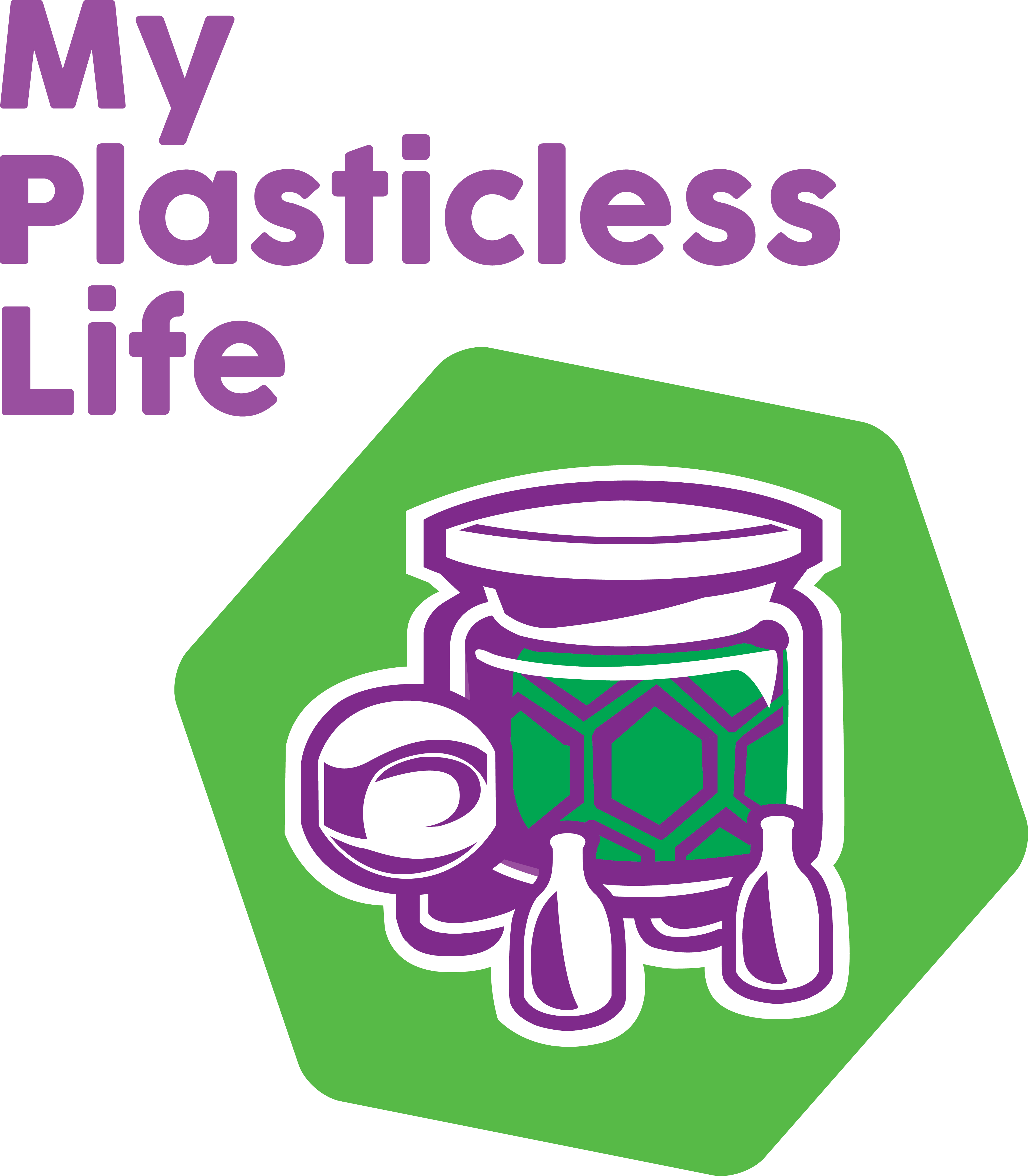One of the best ways to save on plastic packaging is to grow your own food. Especially herbs, as they tend to be very expensive when bought from the shops and come in excessive amount of plastic packaging. Here I will share my top tips and some updates on how my kitchen garden is getting on (Scroll down for photos).
1. Start with herbs
Packaged herbs are a terrible idea for two reasons: they don't last very long once separated from the plant, so end up going bad in your fridge quite often, and they cost a fortune. Herbs are a really good place to start because you can keep them indoors, you don't really need a lot of space, a window sill will suffice and they will make a great addition to all your recipes. I find herbs are relatively easy to grow as they are incredibly versatile and don't require extensive planting or harvesting. They can just sit on your kitchen window sill to be picked as needed.
2. Plant from seed
Especially when planting herbs, planting directly from seed is usually the best option. It is definitely more time consuming and takes more commitment, but once your plants have grown they will be much more resilient. The herb plants found in supermarkets are often bred especially to look fantastic whilst on the shelves, but will struggle to adapt to a new environment when you take them home. If you don't have time to grow your herbs from seed, try to get a plant from a proper garden centre rather than a supermarket.
3. Use what you have
When planting seeds try to use what you have rather than buying new plastic plant pots or seed starters. You can use old yoghurt pots, toilet roll tubes laid out on a tray or egg cartons (although make sure that you water them often as the cardboard evaporates the water quicker). The advantage of using egg cartons or toilet roll tubes is that once it is time to plant your seedlings outside or into a bigger pot, you don't need to take them out as the cardboard will just decompose in the soil. It is a lot less shock for the plant.
4. Keep your basil inside
If you have any space next to a window, try to keep your basil and other fragrant, soft herbs indoors. Snails and slugs absolutely love these herbs and they will leave you nothing if you put them outside. I've tried to keep the slugs off my basil plants before but it is not worth the risk, they will find a way to eat it and all your hard work will be wasted! Herbs that can be outside without issues are rosemary, thyme and sage, once they have reached their 'woody' stage.
5. Step by step
Grow your confidence one step at a time building on each success. Growing your own food can be quite daunting if you are not in the routine and habit of it, so it is not a good idea to start with 10 different varieties if you have no experience. I have certainly had my ups and downs, but this year I have decided to have a go at it again as I received lots of seeds as a Christmas gift. I am certainly not an expert and I am learning as I go, so I will be sharing my progress here.

In late January I planted my first herbs in these egg cartons; however they dried out very quickly and I struggled to keep up with watering, especially as I went on holiday for a week and wasn't able to monitor it.
What I learnt:
If you use egg cartons as seed starters, place them in a large tray that can hold water at the bottom and make sure you water them regularly.

Alongside the egg cartons, I used some plastic pots that I had leftover and placed them in some old takeaway containers to catch the water.
What I learnt:
The takeaway containers worked well as pot saucers. I found the best combination for watering seeds was to water them from underneath and spray the top of the soil with water. This avoided dislodging the seeds each time I watered but made sure the seeds stayed damp so they could trigger germination.
Here are some photos from my second attempt.

First basil shoots to come up.

Parsley shoots

Sweetcorn shoots

Leek shoots


Here are the most recent photos of my kitchen garden (taken on 29/03/2020). You can see a few shoots coming up. I have also started re-growing some vegetables from food scraps. I did this with celery and spring onions. I am also trying with a leek.
What I learnt:
To regrow spring onions or celery, cut the bottom with 1.5cm to spare. Place the stump in water in a sunny spot for a week or so, changing the water frequently. Make sure the roots are in the water but the top is out of the water or the whole thing will rot. Once a few shoots start coming up you can transfer them into soil, keeping well watered. Here's some free veg!
Watch this space for more updates on what worked and what didn't as well as more photos.
